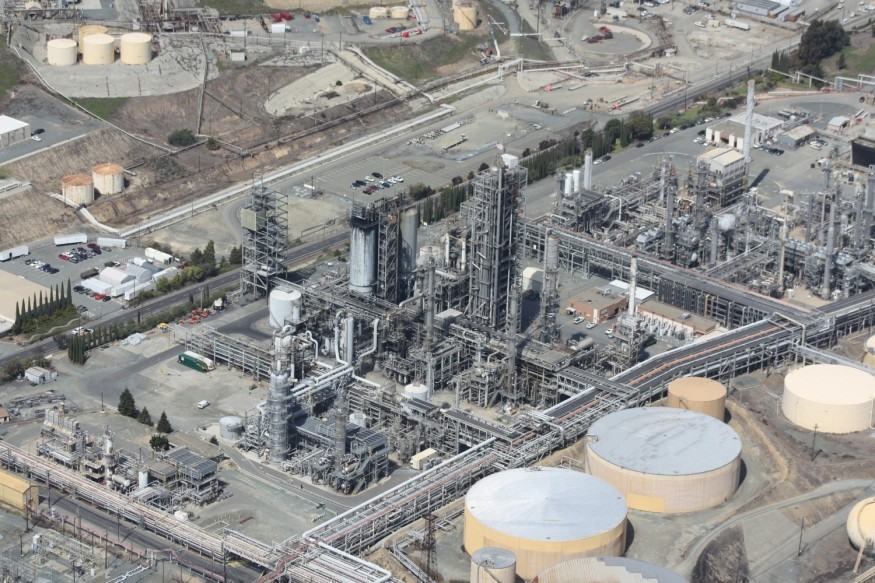
US natural gas production hit a record in 2019, but demand failed to keep pace which weighed on prices. Warmer than normal weather and declines in exports of Liquid Natural Gas (LNG), has generated headwinds and crimped demand. Draws in natural gas have been muted and natural gas inventories remain 11% below the 5-year average range for this time of year.
Production Hits a Record
The Energy Information Administration reported in mid-March that natural gas production set a record in 2019. The supplies that were domestically produced averaged 92.2 billion cubic feet per day according to the EIA. Although the Department of Energy forecasts dry natural gas production will average 95.3 Bcf in 2020, a 3% increase from 2019, EIA expects monthly production to generally decline through 2020 potentially peaking in January. The decline in production mostly occurs in the Appalachian and Permian regions.
While natural gas production is expected to decline slowly throughout the year, it does not incorporate the decline in expenses that will occur because of the sharp drop in oil prices. Expectations were that low natural gas prices would eventually weigh on the oil rig count, increasing the demand to invest in natural gas, but that could easily be accelerated now that oil prices have touched $28 per barrel.
In 2019, the rise in natural gas production increased, the volume of natural gas exports through liquefied natural gas which increased for the fifth consecutive year. According to the EIA, LNG exports accounted for 2.0 Bcf per day of the 2.9 Bcf per day increase in gross natural gas exports in 2019.
Demand Will be Driven By AC
Future demand will likely be driven by air conditioning according to the EIA. The DOE projects that delivered energy for air conditioning will increase more than any other end-use in residential and commercial buildings. This mode of energy consumption will take over from heating demand as the driving force behind nature gas demand in 2020 according to the EIA.
In February and March, the declines in natural gas stockpiles moved lower at a decelerating pace. That has kept inventory levels above last year as well as the 5-year average range for this time of year. The EIA reported that natural gas in storage was 2,043 Bcf as of Friday, March 6, 2020. The current levels for March showed a mild decrease of 48 Bcf from the previous week. Stocks were 796 Bcf higher than 2019 levels and 227 Bcf above the five-year average of 1,816 Bcf. At 2,043 Bcf, the total working gas is within the five-year historical range.
While the inventory levels of natural gas remain 11% below the 5-year average range according to the latest estimates by the EIA, the price of natural gas is more than 30% lower than the 5-year average price of natural gas which is $2.74 per MMBtu. The current price of natural gas at Henry Hub is 47% below the prices of natural gas last year at this time, while inventories were 39% below the current level of inventories at the same time last year.
Bottom Line
The difference in inventory levels relative to last year and the 5-year average range make up part of the current price's disparity relative to prices in prior years in March. The big difference appears to be the rise in expectations about the future production of natural gas. This would likely change if drilling rigs were taken offline due to lower prices in both natural gas and now petroleum.
© 2026 NatureWorldNews.com All rights reserved. Do not reproduce without permission.





